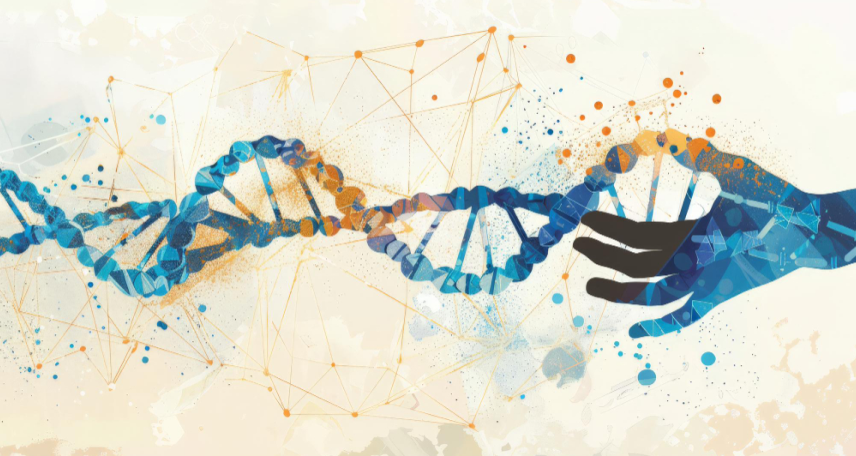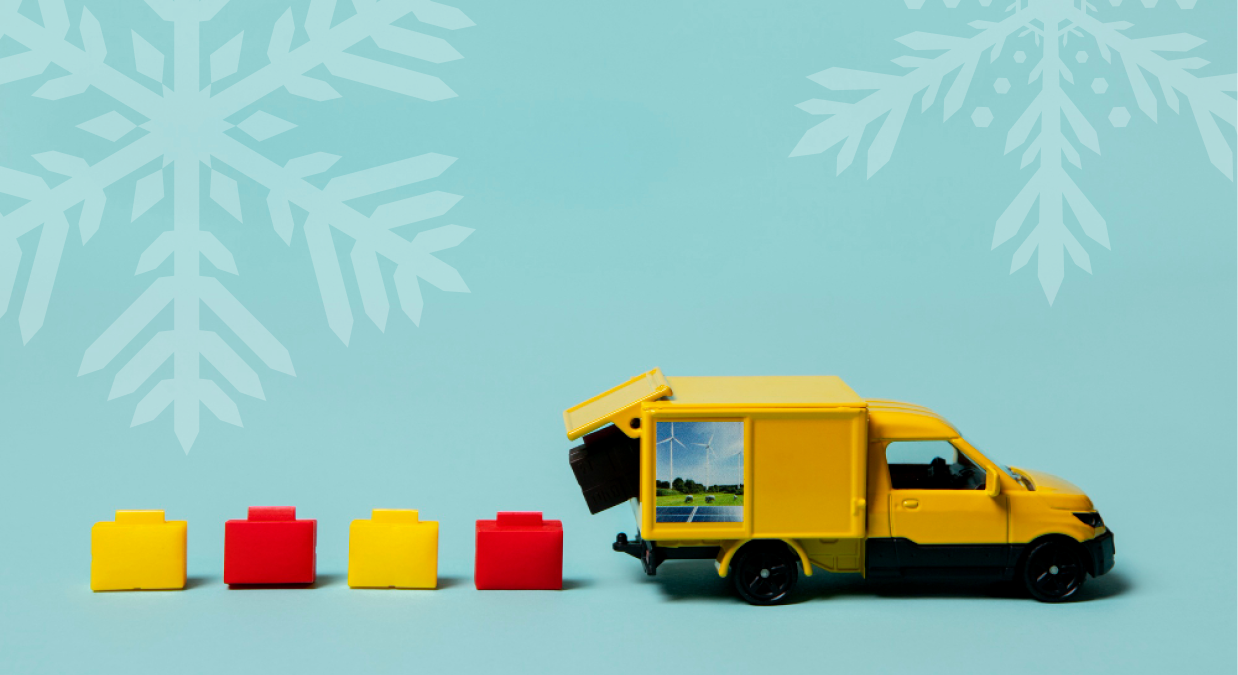by Heer Shah
7 minutes
The Delivery Revolution in Gene Therapy
Discover how HDAds, VLPs, and LNPs are redefining gene therapy with safer, scalable, and more precise delivery innovations.

For decades, scientists have dreamed of rewriting the genetic code to cure diseases at its root. Today, that dream is real. Gene therapy is already changing lives, offering treatments for rare forms of blindness, blood disorders, and immune deficiencies. But as the field grows, one challenge stands out: how to get the genetic instructions safely and efficiently into human cells.
Most current therapies rely on adeno-associated viruses (AAVs). Think of them as tiny delivery trucks carrying new genetic instructions into cells. AAVs were critical for the first FDA-approved in vivo therapies, proving that gene therapy could work. But these trucks have limits: they can carry only small packages, may trigger immune reactions, and are expensive to produce. To tackle bigger diseases like cancer, heart disease, or diabetes scientists need more versatile delivery tools.
Bigger Packages: Helper-Dependent Adenoviruses
Some diseases require larger or more complex genetic instructions than AAVs can carry. Helper-Dependent Adenoviruses (HDAds), also known as "gutless" adenoviruses, are engineered to carry substantial genetic payloads up to 30–36 kilobases of DNA. This capacity allows for the inclusion of intricate gene-editing tools or multiple instructions in a single delivery.
HDAd platforms are being utilized in research to deliver base editors and other large editors directly to stem cells or other tissues. They offer a practical way to tackle diseases that necessitate significant or multiple edits, while keeping the therapy temporary enough to mitigate long-term immune responses.
Virus-Like Particles: Borrowing the Shell, Not the Virus
Virus-Like Particles (VLPs) mimic the outer shell of viruses but lack the viral genome, rendering them incapable of replication. This design enhances safety while maintaining the ability to deliver genetic material into cells effectively.
Some VLPs are engineered to deliver RNA, such as Cas9 proteins or base editors, which temporarily modify DNA without integrating into the host genome. Others can carry DNA templates, a strategy pioneered by researchers like Jennifer Doudna’s team, who developed lentiviral VLPs to deliver editing tools efficiently. Scientists can even add targeting molecules on the surface, guiding these particles to specific cells such as blood stem cells or neurons.
Because they aren’t full viruses, VLPs may reduce immune reactions and allow repeat dosing. Their modular design makes them versatile, though producing them consistently at scale remains a work in progress.
Lipid Nanoparticles: Lessons from Vaccines
The COVID-19 vaccines showed the world the power of lipid nanoparticles (LNPs) - tiny fat bubbles that carry fragile genetic material safely into cells. In gene therapy, LNPs are being tested to deliver gene-editing tools directly to the liver, showing promising results for conditions like transthyretin amyloidosis.
Unlike viruses, LNPs don’t insert DNA into the genome, which reduces some safety concerns. They are also easier to make at scale. The challenge? They naturally accumulate in the liver, so researchers are modifying them with coatings or chemicals to reach other organs, like muscles, lungs, or the brain.
Compact Editors: Making It All Fit
Meanwhile, the gene-editing tools themselves are shrinking. Base editors and prime editors can make precise DNA changes without cutting large sections of the genome. Smaller enzymes from bacteria and archaea can now fit into many delivery platforms like HDAd, VLPs, or LNPs making it easier to pair the right tool with the right delivery vehicle.
Why This Matters
Delivery is no longer a technical footnote - it’s the key to making gene therapy work for more patients. AAV will continue to play a role, especially when long-term expression is needed. But to treat a wider range of diseases, reach more patients, and reduce costs, we need scalable platforms like HDAd, VLPs, and LNPs.
Equity is part of the equation. Current AAV-based therapies can cost millions per patient. Scalable alternatives could make life-changing treatments accessible beyond a privileged few.
Looking Ahead
The future of gene therapy won’t belong to a single delivery system. Scientists will choose from a toolbox: AAV for durable expression, HDAd for large or complex edits, VLPs for targeted protein delivery, and LNPs for temporary, scalable interventions. Often, combinations will be the answer.
Clinical trials are already testing these next-generation platforms. Genome editors are becoming smaller, more precise, and more compatible with diverse delivery methods. The next decade will be defined not by whether gene therapy works, but by whether we can deliver it safely, efficiently, and equitably.
For patients awaiting cures, delivery is no longer an afterthought - it is the revolution unlocking the full promise of genomic medicine.
References:
- R. Alba, A. Bosch, M. Chillon. "Gutless adenovirus: Last-generation adenovirus for gene therapy." Gene Therapy, 2005.
- R. Alba, A. Bosch, M. Chillon. "No more helper adenovirus: production of gutless adenovirus." Nature Reviews Molecular Cell Biology, 2019.
- J. Doudna et al. "Customizable virus-like particles deliver CRISPR–Cas9 ribonucleoprotein." Nature Materials, 2024.
- J. Doudna et al. "Engineered virus-like particles for transient delivery of prime editor." Nature Biotechnology, 2023.
- "Gene Therapy with Helper-Dependent Adenoviral Vectors." PMC, 2011.
- "Virus-Like Particles for Drug Delivery: A Review of Methods and Applications." ScienceDirect, 2022.
- "High-Capacity Adenoviral Vectors: Expanding the Scope of Gene Therapy." MDPI, 2020.
- "Emerging Trends in Virus and Virus-Like Particle Gene Therapy." PubMed, 2024.




